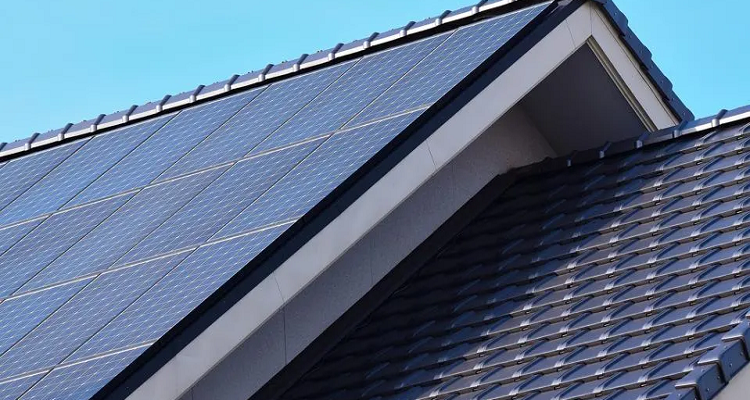Solar energy is a rapidly growing industry that transforms electricity generation. The sun’s panels have traditionally been the go-to choice for harnessing solar energy, but recent advancements in technology have brought another player to the market: solar shingles. Solar shingles are an innovative roofing material that combines the functionality of traditional roof shingles with the ability to generate clean and sustainable electricity. Click here to know about more information of solar shingles. In this, we will explore the importance of solar shingles and their potential to revolutionize renewable energy integration.
- Aesthetics and Integration: One of the key advantages of solar shingles is their ability to seamlessly integrate into existing architecture. Unlike traditional energy panels, which are bulky and often perceived as visually unappealing, solar shingles are designed to mimic conventional roofing materials. This aesthetic appeal makes them an attractive option for homeowners and businesses who prioritize visual impact.
- Increased Solar Potential: Solar shingles maximize energy potential by utilizing every available surface on a building for energy generation. While traditional sunlit roof panels require dedicated installation space, solar shingles can be installed on any sunlit roof surface. This includes slopes and angles that may not be suitable for traditional panels. This expanded surface area significantly increases solar energy generation potential, allowing more electricity to be produced and reducing dependence on non-renewable sources.
- Localized Power Generation: Solar shingles enable localized power generation, promoting energy independence and resilience. By generating electricity at the point of consumption, solar shingles reduce centralized power grids and long-distance transmission lines. This decentralized approach improves energy efficiency and reduces transmission losses associated with long-distance power distribution. Additionally, during power outages or natural disasters, solar shingles equipped with energy storage systems can provide backup power. This ensures essential services and increases resilience for homeowners and businesses.
- Environmental Impact: Solar shingles have significant environmental benefits. By harnessing the power of the sun, solar shingles produce clean and renewable electricity, reducing greenhouse gas emissions and mitigating climate change. Solar shingles on a large scale have the potential to decrease dependence on fossil fuels, leading to a greener and more sustainable future. Furthermore, solar shingles do not produce noise pollution or air pollution, making them an environmentally friendly option for energy generation.
- Cost Savings: While solar shingles may be more expensive than traditional roofing materials, they offer long-term cost savings. Solar shingles generate electricity, which can offset or eliminate monthly electricity bills, depending on energy needs and local regulations. Moreover, solar shingles often qualify for various incentives, such as tax credits and rebates, further reducing the overall cost of installation. Over time, the savings on electricity bills and incentives can offset the initial investment, making solar shingles an economical viable choice.
Conclusion:
Solar shingles represent a significant advancement in renewable energy integration. Their ability to blend seamlessly into existing architecture, maximize energy potential, provide localized power generation, and deliver environmental benefits makes them a crucial component of the global transition to clean energy. A more sustainable future is possible through the widespread adoption of solar shingles as technology improves and costs decline.










Comments